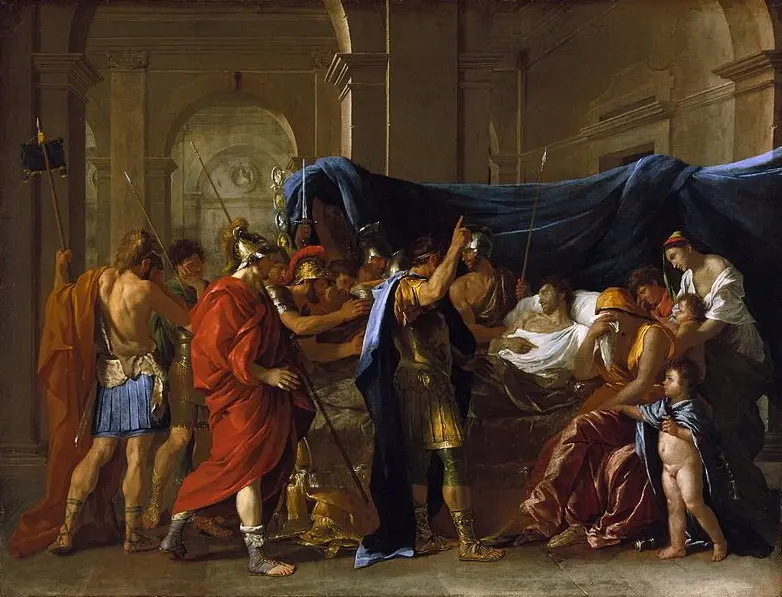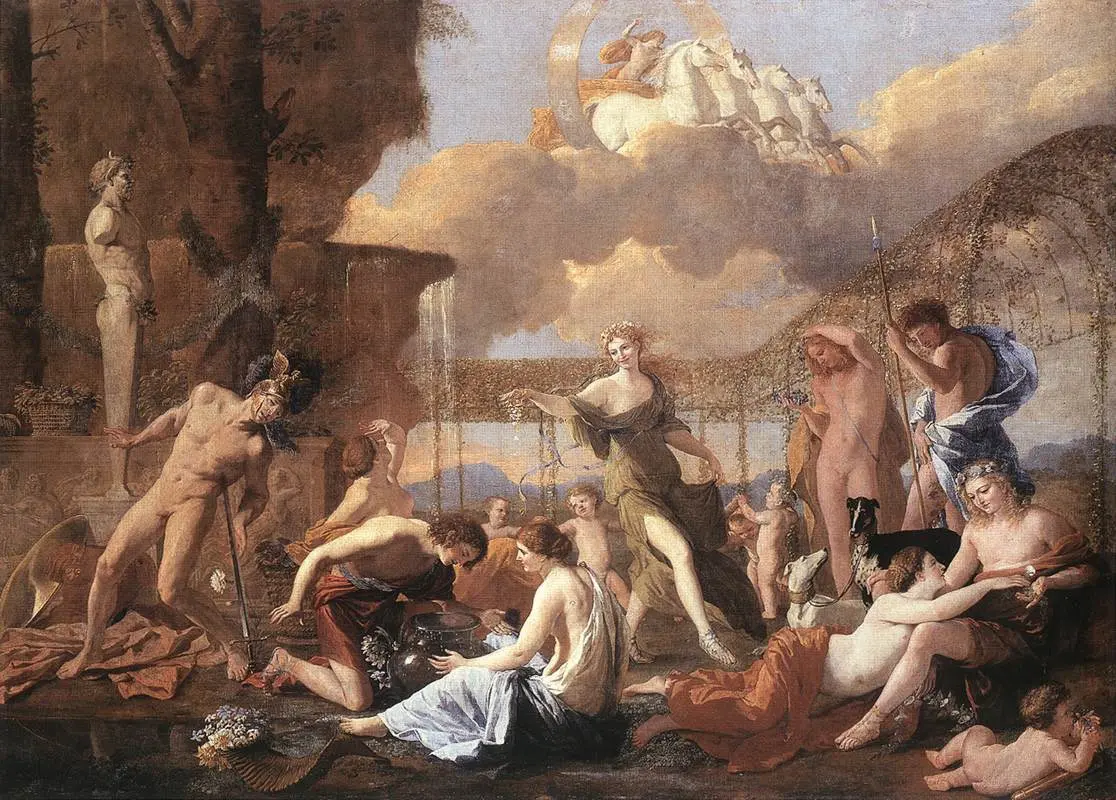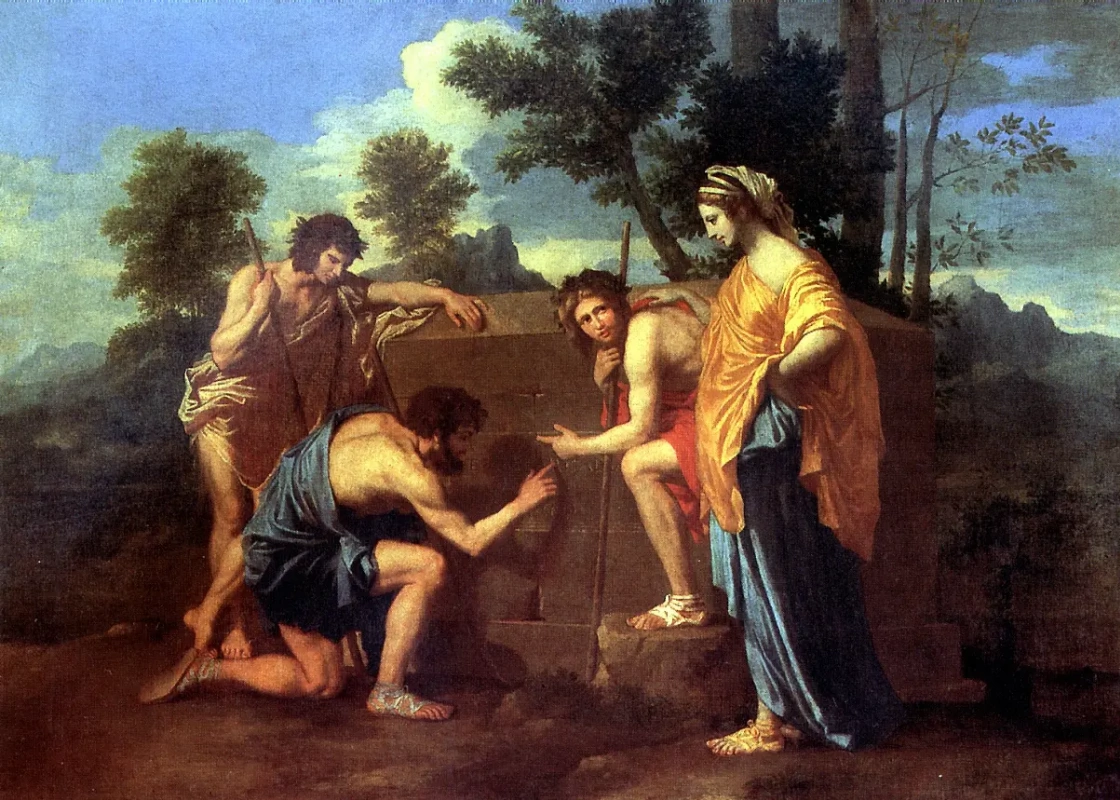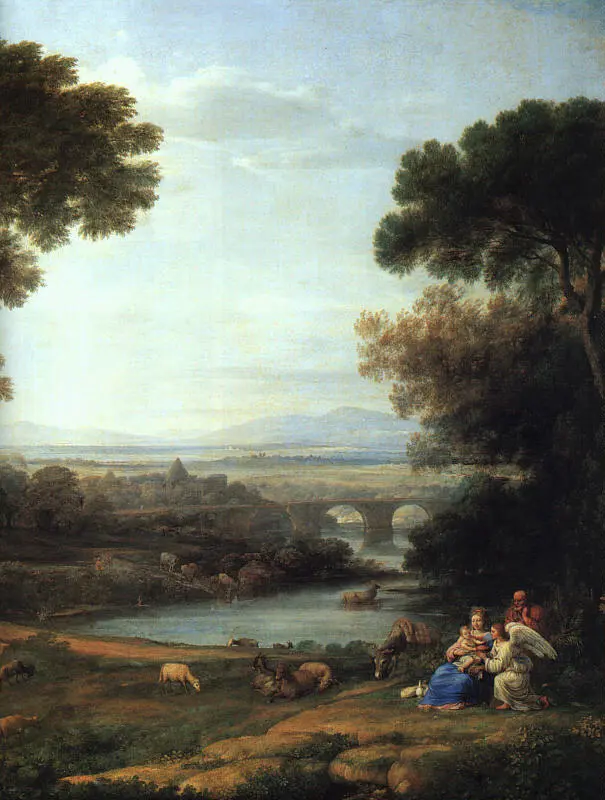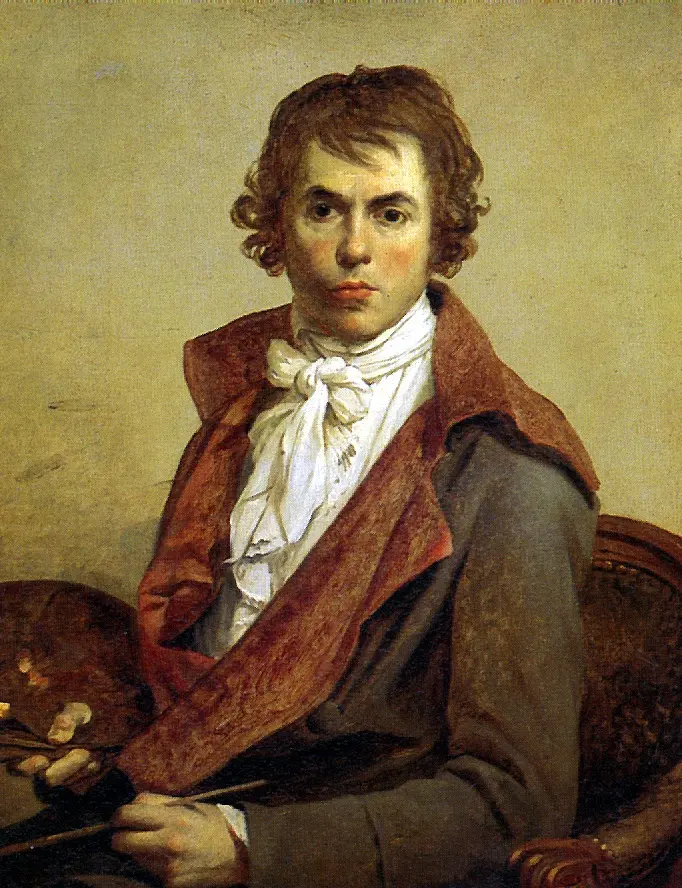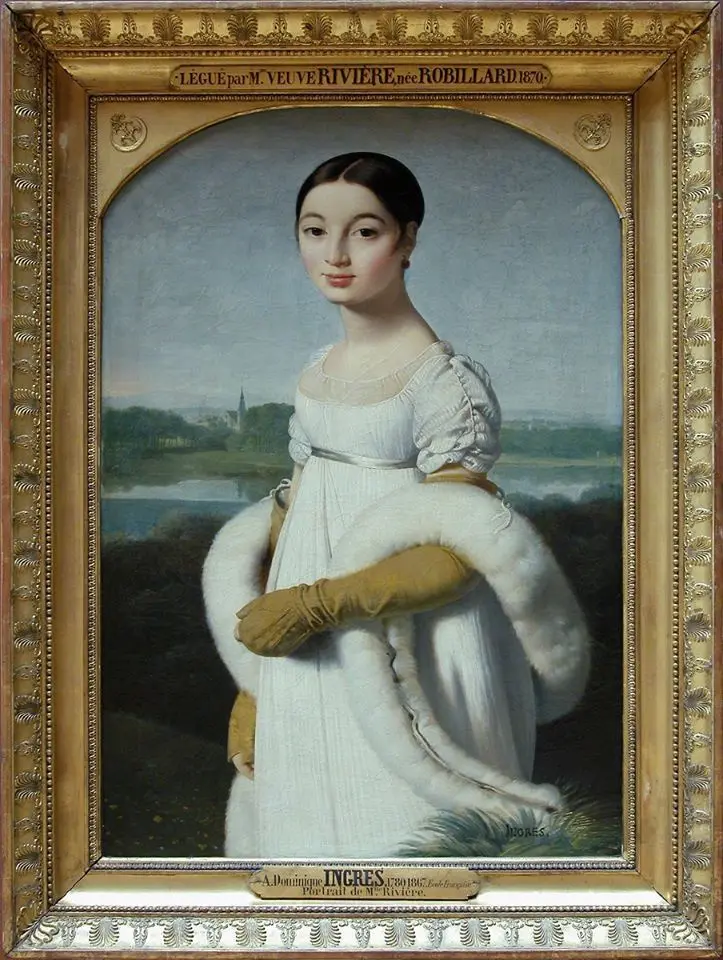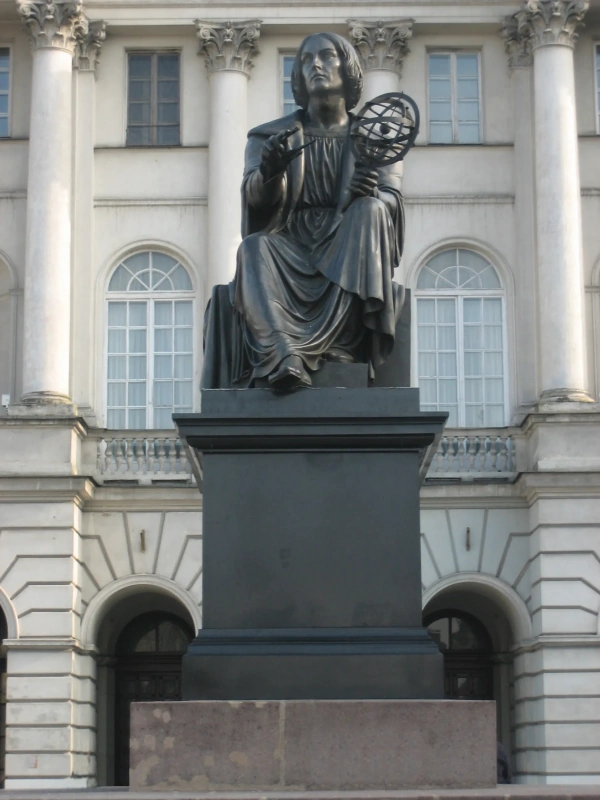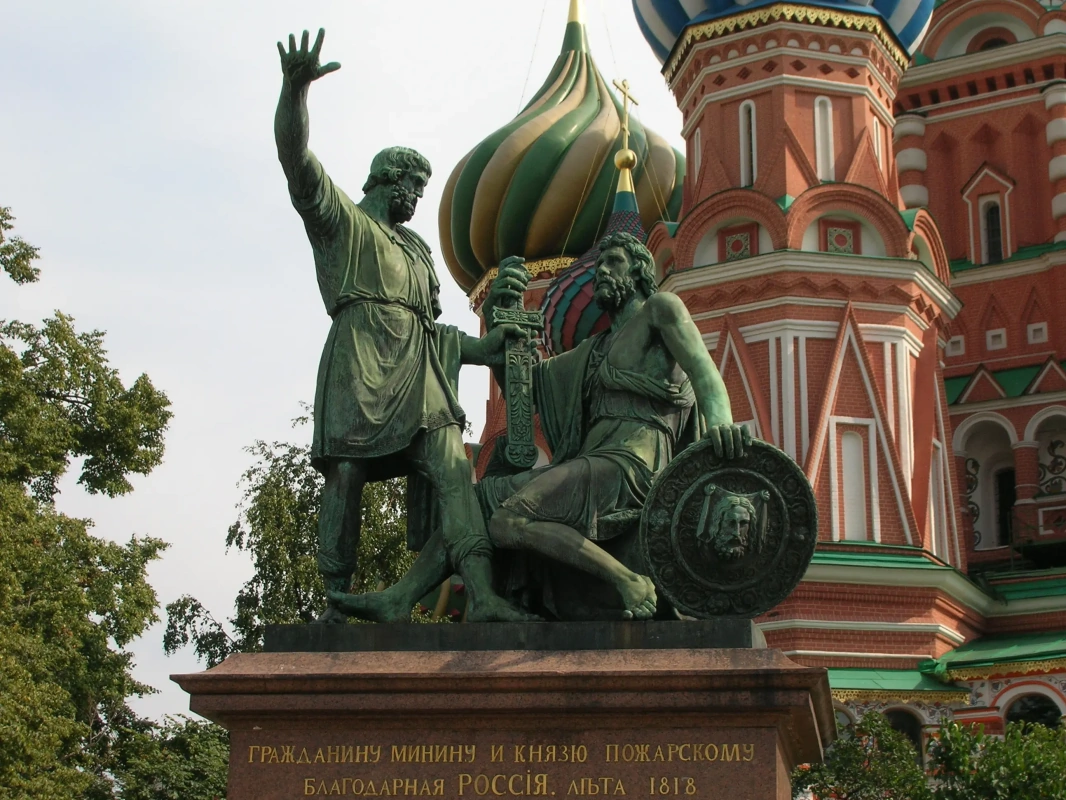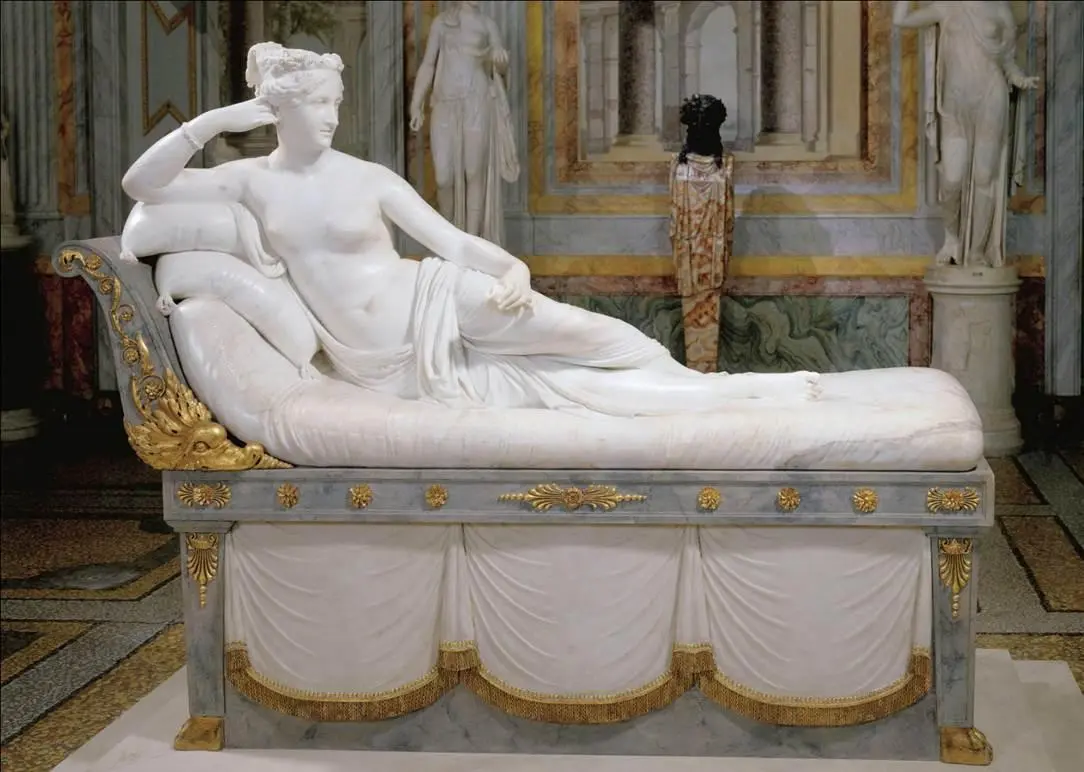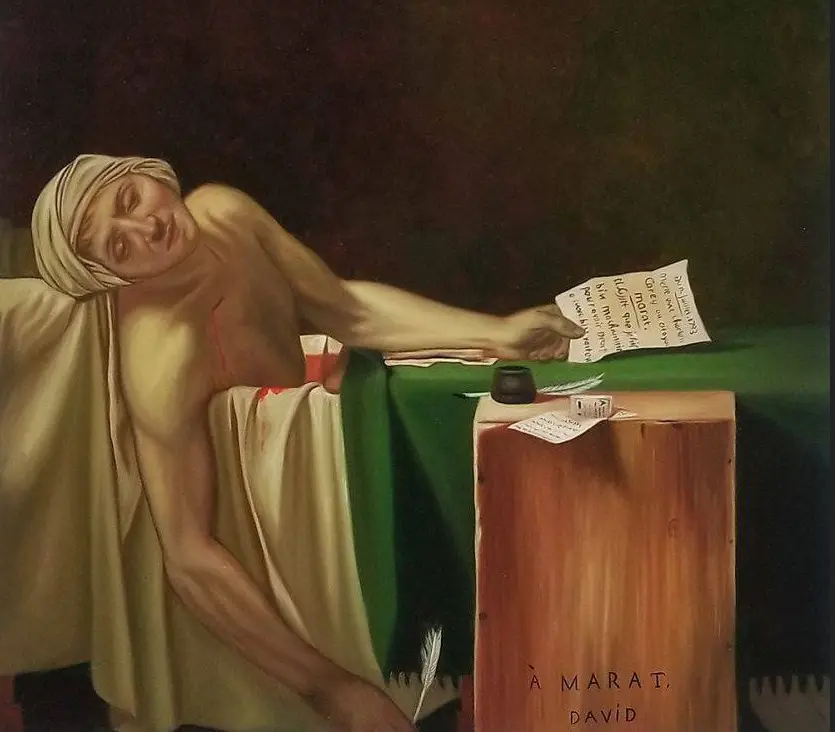
The time of origin, the milestones and the artists of classicism
Classicism originated and developed in the 17th century in France, in the heyday of absolute monarchy, and it subsequently spread to Spain, Germany, England, the Netherlands, USA and Russia, emerging in the process of Europeanization during the reign of Catherine II, who made everything French in vogue.The standard for classicism was the Greco-Roman antiquity, which is reflected in the name of the art movement: the French word classicisme is derived from the Latin adjective classicus, meaning "exemplary", "belonging to the highest class of Roman citizens". The art of ancient Greece and ancient Rome was declared a model of harmony, which can be achieved, guided by reason.
In his famous statement, Cogito, ergo sum ("I think, therefore I exist"), Rene Descartes aptly described the philosophy of classicism. The works of classical art were created according to the strict canons, they sought to become the prototypes of the originally harmonious Universe. The purpose of art was the knowledge of the truth, and its task was fostering morality and decency in people. An important subject of late classicism was the clash of civic duty and personal interests, which used to be sacrificed for the benefit of higher ideals.
Classicism established a hierarchy of genres which had to remain pure, without any mixing: historical, mythological and religious painting belonged to the high genres, while still lifes, landscapes and portraits — to the low ones.
The most famous artists of the classical period: Nicolas Poussin, Claude Lorrain, Jacques-Louis David, Jean-Auguste Dominique Ingres, Karl Bryullov. Sculptors: Antonio Canova, Bertel Thorvaldsen. Architects: Claude Perrault, André Le Nôtre, Christopher Wren, G. Quarenghi, Charles Cameron, Vasily Bazhenov, Matvey Kazakov.
Periods: different countries – different systems
Different countries established different time frames of classicism, which led to a certain confusion in terms.In France, classicism is the style of the 17th — early 18th century, during the reign of the Sun King Louis XIV. Neoclassicism is the style of the second half of the 18th — the first third of the 19th century.
In Russian art history a different dating is used:
I. Classicism of the 17th century. It appeared in France under Louis XIV in the era of rise of absolute monarchy, which opposed the idea of rationalism, order and system to chaos and feudal fragmentation. Greco-Roman antiquity was considered the standard. Important milestones: Descartes’s rationalism and his scientific program Discourse on Method (1637); Nicolas Boileau’s treatise Poetic Art (1674); the construction of the Versailles Palace — the "temple of harmony", where a strict hierarchy reigns; works of the artists Nicolas Poussin (1594−1665) and Claude Lorrain (1600−1682); the foundation of the Royal Academy of Painting and Sculpture in Paris (1648); the tragedies of Corneille (1606−1684) and Racine (1639−1699), who were called the new Aeschylus and Euripides.
II. Classicism of the 18th — 19th centuries. Classicism was the main style in France during the Enlightenment, the French revolution and the First Empire , as well as in other European countries and even in the United States. In the 18th century the interest in antiquity was revived due to three factors: the beginning of the excavations at Pompeii and Herculaneum in 1784, the work of the German art historian and archaeologist of the age of Enlightenment — Johann Joachim Winckelmann, who worshipped the art of Ancient Greece and Rome, and the cult of Raphael, who was glorified by the influential artist Mengs.
In Russia, classicism dominated from the second half of the 18th century till the first third of the 19th century during the reign of the "enlightened Empress" Catherine the Great, who was obsessed with the cult of statehood. In the art of late classicism, the cult of the heroic prevailed. Important milestones: works of the artists Jacques-Louis David, Jean Auguste Dominique Ingres, Karl Bryullov and the sculptors Antonio Canova and Bertel Thorvaldsen; the construction of the Arc de Triomphe (1806−1836) and Vendôme Column in Paris, the Brandenburg Gate in Berlin (1788−1791), the foundation of the Russian Academy of Arts (1757), the construction of St. Petersburg — Palmyra of the North, the largest masterpiece of classicism.
In the 19th century, classicism was facing a crisis: from the once progressive style it became a conservative and academic one, constraining the development of art. Classicism was replaced by romanticism.
Classicism of the 17th century: the beginning and gold age
Russian art historian Sergei Daniel calls the classicism of the 17th century the "era of Poussin", since the French artist Nicolas Poussin (1594−1665) is considered one of the founders and prominent representatives of the European classicism.Painting from nature was not allowed: the initially insignificant nature had to be improved, purified and harmonised.
In philosophy, the cult of mind prevailed: Descartes’s rationalism received universal recognition, his ideas were up to scratch: order based on a strict hierarchy was exactly what was needed for the rise of absolute monarchy. By order of the Sun King Louis XIV there was built Versailles — the embodiment of the classic ideas of rationalism, order and system. In 1667−1678, the eastern wing of the Louvre was constructed, for the first time combining the elements of aesthetics of classicism: classical orders and proportions, horizontal and vertical segmentation, symmetry and a facade, located in the center of the building and standing out for its pediment.

The Palace of Versailles. General view.
The construction of the palace began in 1668. Designed for the Sun King Louis XIV, Versailles abounded in solar symbols: the palace’s east-west orientation meant that the sun would rise and set in alignment with the palace, the alleys of the park seemed like rays of sunlight, and the fountain at the Palace depicted the Greek sun god Apollo.

And even the artists in the era of classicism considered painting as an action, expressed by the plasticity of gesture and regulated by light and colour. Nicolas Poussin, with his belief that the laws of art were determined by reason and with his passion for antiquity and bright talent, became the exponent of the philosophy of classicism in painting.
Nicolas Poussin. The Judgement Of Solomon, 1649, Musée du Louvre, Paris.
Poussin considered this painting his best work. This is how art historian Sergei Daniel describes it: "The Judgement of Solomon in Poussin’s interpretation is a trial available for public display. It is not the event itself that is essential, but the idea with which it should relate, which it should represent, the idea of supreme justice, impartiality and wisdom. The perfection of Poussin’s composition could be described by the same words that characterize a wise judgment since biblical times -Solomonic decision."
The painter and philosopher introduced the vanitas motive into the idyllic paintings of nature of the classical era: the ruins of ancient palaces and temples in his paintings are the reminders of the frailty of human existence, since only renewing nature is eternal. Moreover, his ruins are an appeal to the memory that connects the past and the present, a tribute to Mnemosyne, the mother of the Muses. The aesthetics of the ruins would be later praised by romanticists in the 19th century.
Classicism of the 18th – the first third of the 19th century: the second wave
The classicism of the "second wave", or late classicism, began later than the calendar century — in the 20s of the 18th century. And it ended in the first third of the 19th century, becoming a conservative academism .In the 18th century there was an important ideological revolution in the European consciousness. Until that time, the Europeans believed that they had been living in a world that God (in ancient Greece and Rome — gods) took care of, and human existence was supported by higher forces. The 18th century was the first century when people began to doubt that support — there appeared the thoughts of rejecting religion, which led to the rise of the first atheistic concepts.
The period from the 1740s till the 1780s has gone down in history named "the Age of Enlightenment": the whole Europe listened to the voice of "King Voltaire" (1694−1778), and the real kings sought to gain favour with the person representing the fearlessly revealing thought of the era. Together with Voltaire, plenty of thinkers, such as Montesquieu, Diderot, Rousseau, and others, made a real intellectual revolution. The human sciences, which had previously been unconditionally subject to theology, were then freed and placed on a par with the natural and mathematical sciences. There were no more infallible authorities, sacred truths, everything in the world had to be questioned and analyzed, and there couldn’t be any prohibitions and restrictions for human thought.
It was the 18th century that opened up modernity — the modern type of culture. In the age of Enlightenment, the first art museums appeared and the first exhibitions were held: people had to be educated so that the world changed for the better. Artists became civic-minded, and art began to react to what was happening there and then. The 18th century is also the century of the French Revolution (July 14, 1789 — November 9, 1799), which completely changed not only France, but the whole Europe.
In 1748, Europe experienced another shock when during the excavations of the ancient cities of Pompeii and Herculaneum, the beautiful works of ancient art were discovered, which rekindled interest for antiquity with renewed vigor and passion. The images of the heroes of ancient Rome caused a desire to follow their examples. The highest values were civic virtues — a sense of duty, volitional self-discipline, the ability to subordinate feelings to reason, but above all — the common good. Rome retained the status of an international school of art, but it was Paris that became the capital of the artistic world.
David’s classicism is the antithesis of Poussin’s classicism: Poussin was contemplative and philosophical, while David was pragmatic and tendentious. Late classicism became the official style of the French Revolution and Napoleon’s time, since in order to glorify the republican virtues, and later — the splendor of the empire , new art was required.
Russian classicism
In Russia, the style of classicism gained a wide scope and manifested itself in all spheres of art: painting, sculpture, architecture, literature and even urban planning. It appeared in the second half of the 18th century under Catherine II, who was imbued with the ideas of the Enlightenment and corresponded with Voltaire himself.— early classicism (1760s — first half of 1780s)
— mature, or strict classicism (1780 — 1790s)
— high classicism, or Russian Empire (first third of the 19th century).
The most famous Russian artists of the era of classicism are Karl Bryullov, portrait painters Dmitry Levitsky, Fyodor Rokotov, Vasily Tropinin, Orest Kiprensky, Vladimir Borovikovsky and the artist Anton Losenko. And the most large-scale monument of Russian classicism is the city of St. Petersburg, built by the best architects of the era according to the canons of the great Andrea Palladio.
Classicism: the crib
You are an expert if you:— read Ovid’s Metamorphoses and History of Rome by Titus Livius and easily find these subjects in the paintings of the era of classicism.
— can find references to Raphael, deified by the classicists, in The Portrait of Mademoiselle Caroline Rivière by Ingres and The Last Day of Pompeii by Bryullov and can name the sources of the quotations.
— understand that the main thing in the paintings of the era of classicism is not a subject, but the representation of an idea.
You are a layman if you:
— consider the paintings of the classicists boring. You just need to have a meaningful "key" to those paintings and remember that the artists created them for savvy viewers.
— think that Claude Lorrain’s landscapes are just beautiful paintings of nature, and not philosophical allegories.
— wonder why the sculptor of the Monument to Minin and Pozharsky on the Red Square in Moscow "dressed" his characters in ancient chitons.
Author: Anna Pashyna.






